13 Game-Changing Kitchen Hacks Professional Chefs Swear By
Discover 13 practical, time-saving kitchen hacks that chefs rely on to make cooking more efficient and enjoyable.
- Chris Graciano
- 4 min read

Professional chefs have mastered the art of efficiency in the kitchen through clever tricks and techniques. These game-changing hacks can save time, reduce waste, and improve the quality of your dishes. From easy prep methods to storage secrets, these 13 tips will transform the way you cook at home.
1. Use a Damp Towel to Stabilize Your Cutting Board
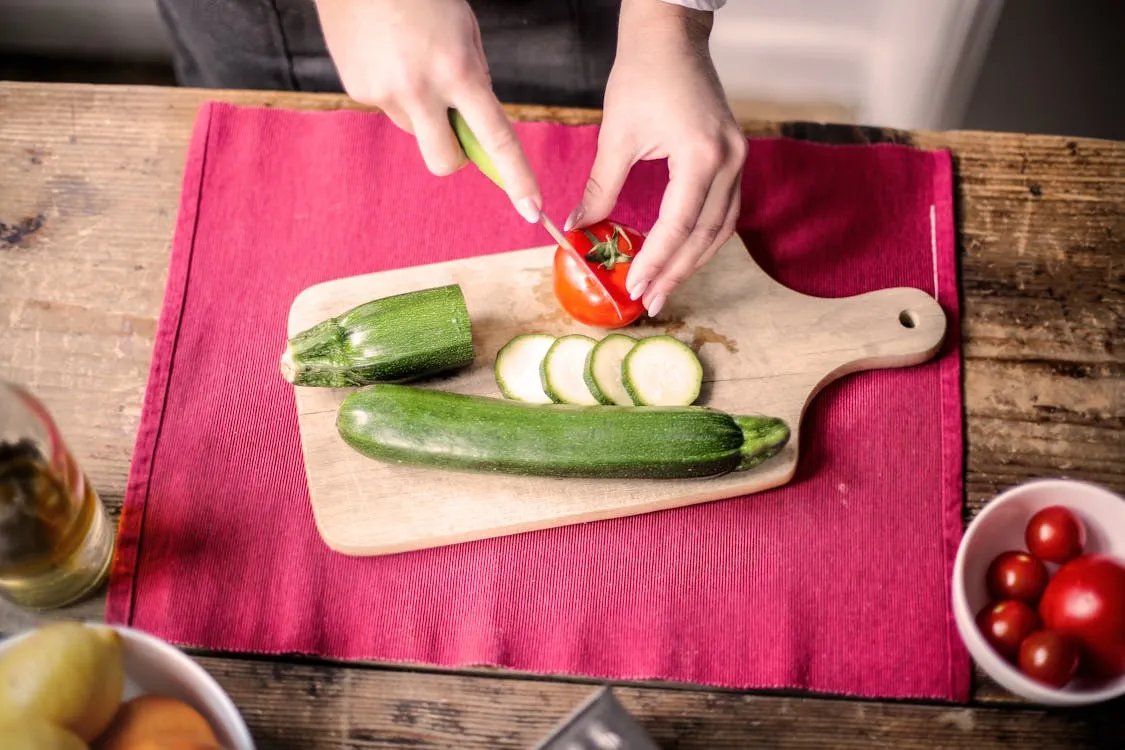 Andrea Piacquadio on Pexels
Andrea Piacquadio on Pexels
A slipping cutting board is a recipe for accidents. To prevent accidents, place a damp kitchen towel underneath the cutting board to keep it in place. This hack improves safety and precision when chopping ingredients. It’s a simple trick that professionals use every day.
2. Keep Your Knives Razor-Sharp
 Lukas on Pexels
Lukas on Pexels
Sharp knives make slicing easier, safer, and more precise. Chefs recommend regularly honing your blade with steel and investing in a sharpening stone for maintenance. A dull knife squashes food, compromising both texture and appearance. Remember, a sharp blade does the work for you.
3. Salt Your Cutting Board Before Chopping Herbs
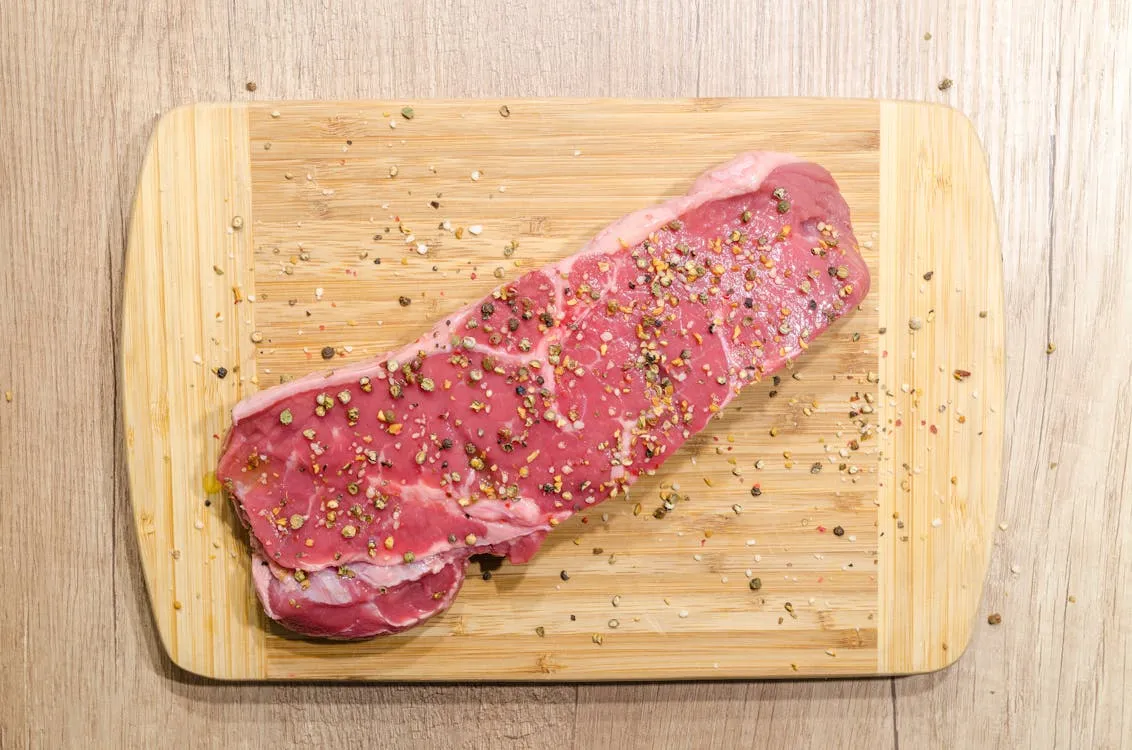 Lukas on Pexels
Lukas on Pexels
Sprinkle salt on your cutting board to prevent herbs from flying everywhere while chopping. The salt grips the leaves, allowing for a finer, more controlled cut. Bonus: Salt also helps release the herbs’ natural oils for maximum flavor.
4. Freeze Fresh Herbs in Olive Oil
 Ron Lach on Pexels
Ron Lach on Pexels
Preserve herbs by chopping them finely and freezing them in olive oil using an ice cube tray. These flavorful cubes are perfect for sautés, soups, or sauces. With this trick, you can reduce waste and keep fresh herbs at your fingertips year-round.
5. Temper Eggs for Silky Sauces
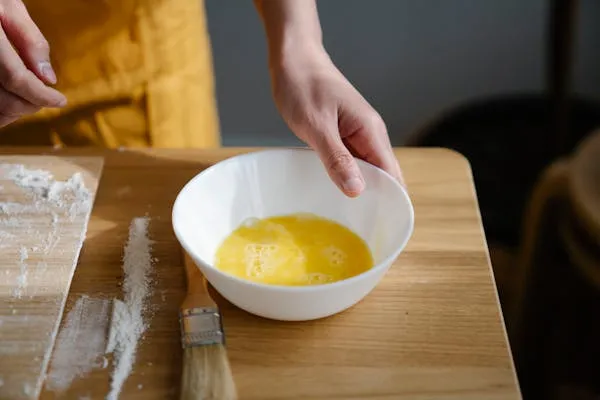 Felicity Tai on Pexels
Felicity Tai on Pexels
To avoid scrambled eggs in custards or sauces, temper them by adding a small amount of hot liquid while whisking. Slowly incorporate the rest of the liquid for a smooth consistency. This technique is key for velvety textures in classic dishes like hollandaise or pastry cream.
6. Use the Pasta Water
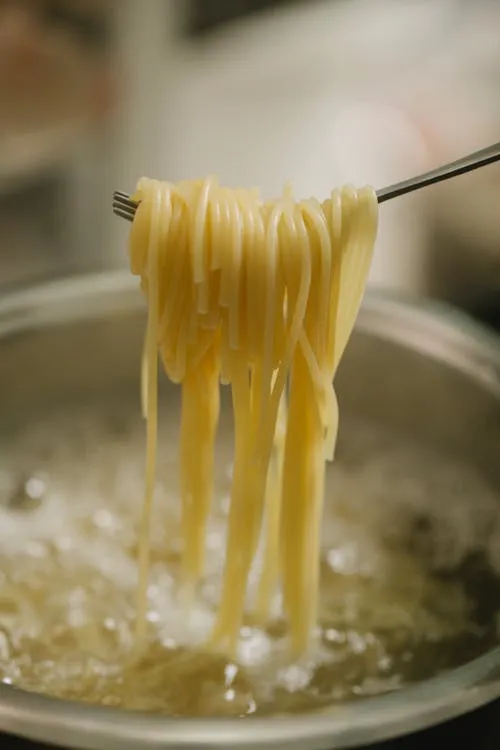 Klaus Nielsen on Pexels
Klaus Nielsen on Pexels
Save a cup of pasta water before draining. It’s liquid gold for your sauce. The starchy water helps bind the sauce to the pasta, creating a creamy texture without adding extra cream. Using pasta water is a go-to move for chefs crafting perfect pasta dishes.
7. Use a Microplane for More Than Zesting
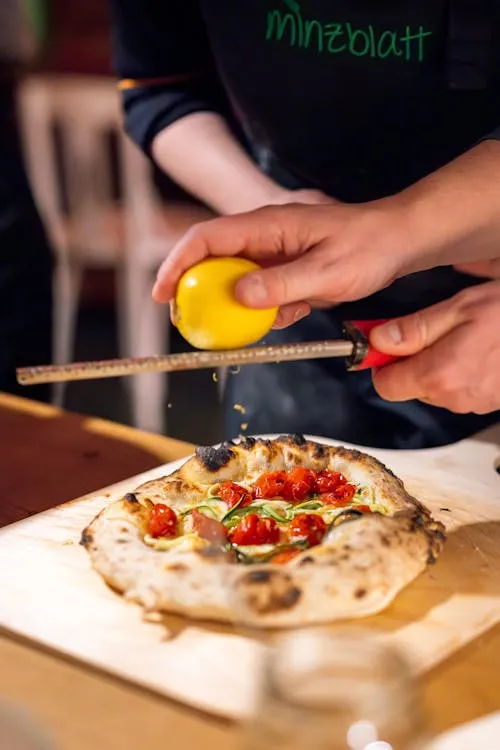 Filipp Romanovski on Pexels
Filipp Romanovski on Pexels
A microplane grater is versatile beyond citrus. Use it for grating garlic, ginger, hard cheese, or even spices like nutmeg for an ultra-fine texture. This hack saves time and ensures evenly distributed flavors in your dish. It’s a small tool that gives significant results.
8. Rest Dough for Better Baking
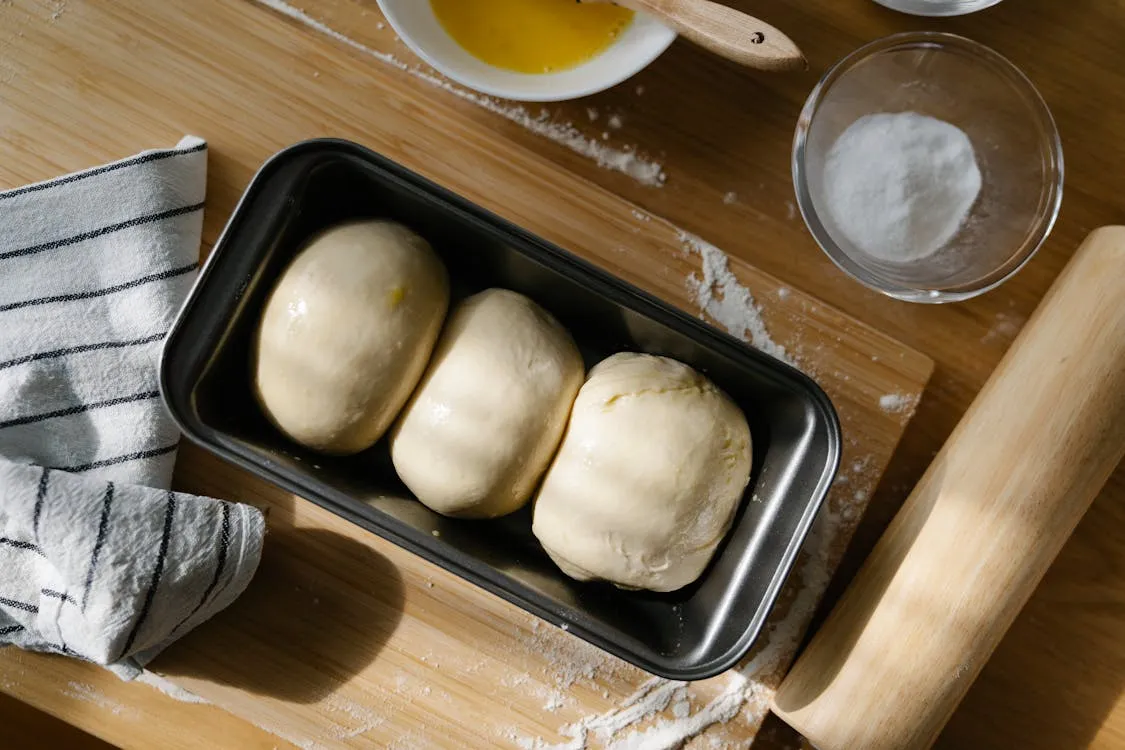 Felicity Tai on Pexels
Felicity Tai on Pexels
Let cookies, bread, or pastry dough rest in the fridge. Doing so enhances flavor and texture. The resting period allows the ingredients to meld together and improves elasticity. This hack takes your baked goods from good to exceptional.
9. Boost Flavors with Toasted Spices
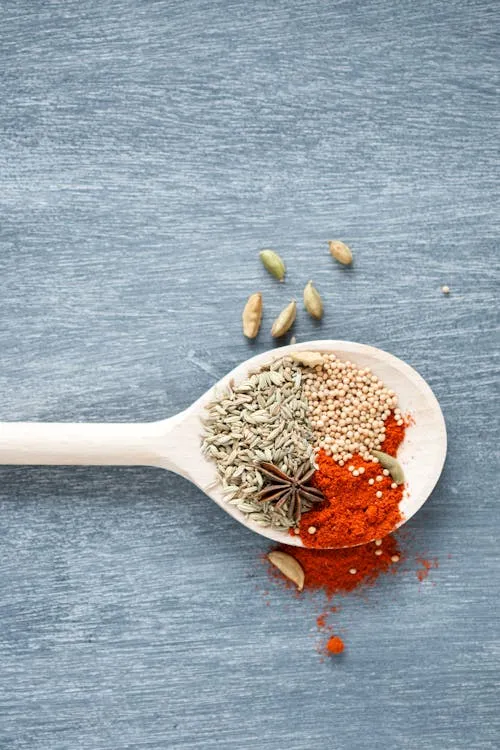 Kim van Vuuren on Pexels
Kim van Vuuren on Pexels
Toasting whole spices releases their essential oils and amplifies their aroma. Add them to a dry skillet over medium heat until fragrant, then grind or use as is. This simple step creates richer and more complex flavors in your dishes.
10. Use a Bench Scraper for Easy Cleanup
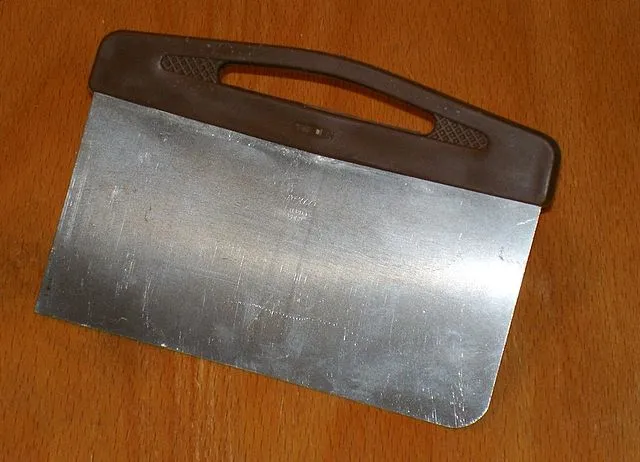 Schnolle on Wikimedia Commons
Schnolle on Wikimedia Commons
A bench scraper isn’t just for pastry work; it’s a lifesaver for cleaning up chopped vegetables or floury surfaces. It also gathers scraps quickly and helps keep your workstation tidy. Plus, using a bench scraper on the cutting board reduces the risk of dulling your knife.
11. Rest Meat Before Slicing
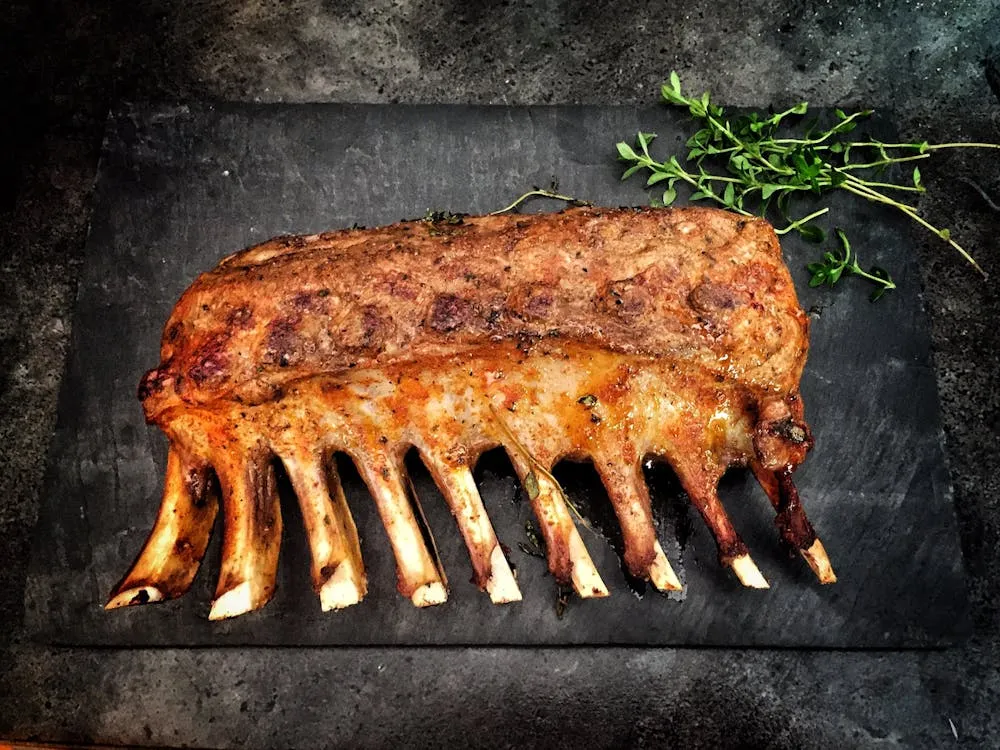 pascal claivaz on Pexels
pascal claivaz on Pexels
Don’t slice your meat too quickly. Cutting it too soon causes the juices to spill, leaving the meat dry. Allow it to rest for 5-10 minutes to redistribute the juices evenly. This hack ensures moist, flavorful bites every time.
12. Soften Butter Quickly with Warm Glasses
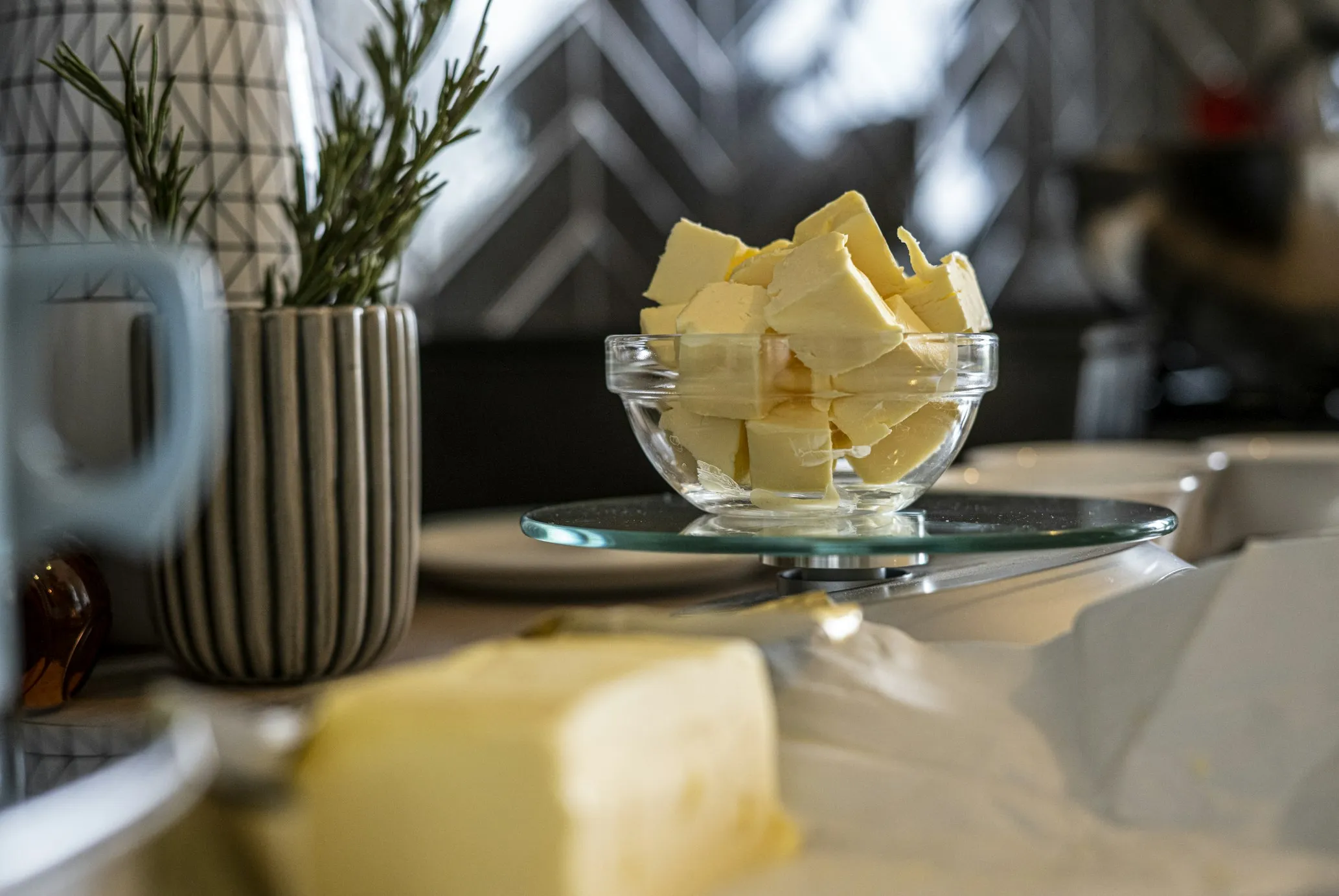 Sorin Gheorghita on Unsplash
Sorin Gheorghita on Unsplash
If you forgot to take the butter out of the fridge, don’t worry. Place a warm glass over the stick to soften it in minutes. The gentle heat makes the butter pliable without melting. This trick is perfect for baking emergencies or spreading butter on toast.
13. Clean Cast Iron with Salt
 Thomas Park on Unsplash
Thomas Park on Unsplash
Scrub your cast iron with coarse salt and a tiny amount of water to clean it without damaging it. The salt acts as an abrasive, removing stuck-on bits while preserving the nonstick surface. Rinse, dry thoroughly, and lightly oil the pan for long-lasting use.